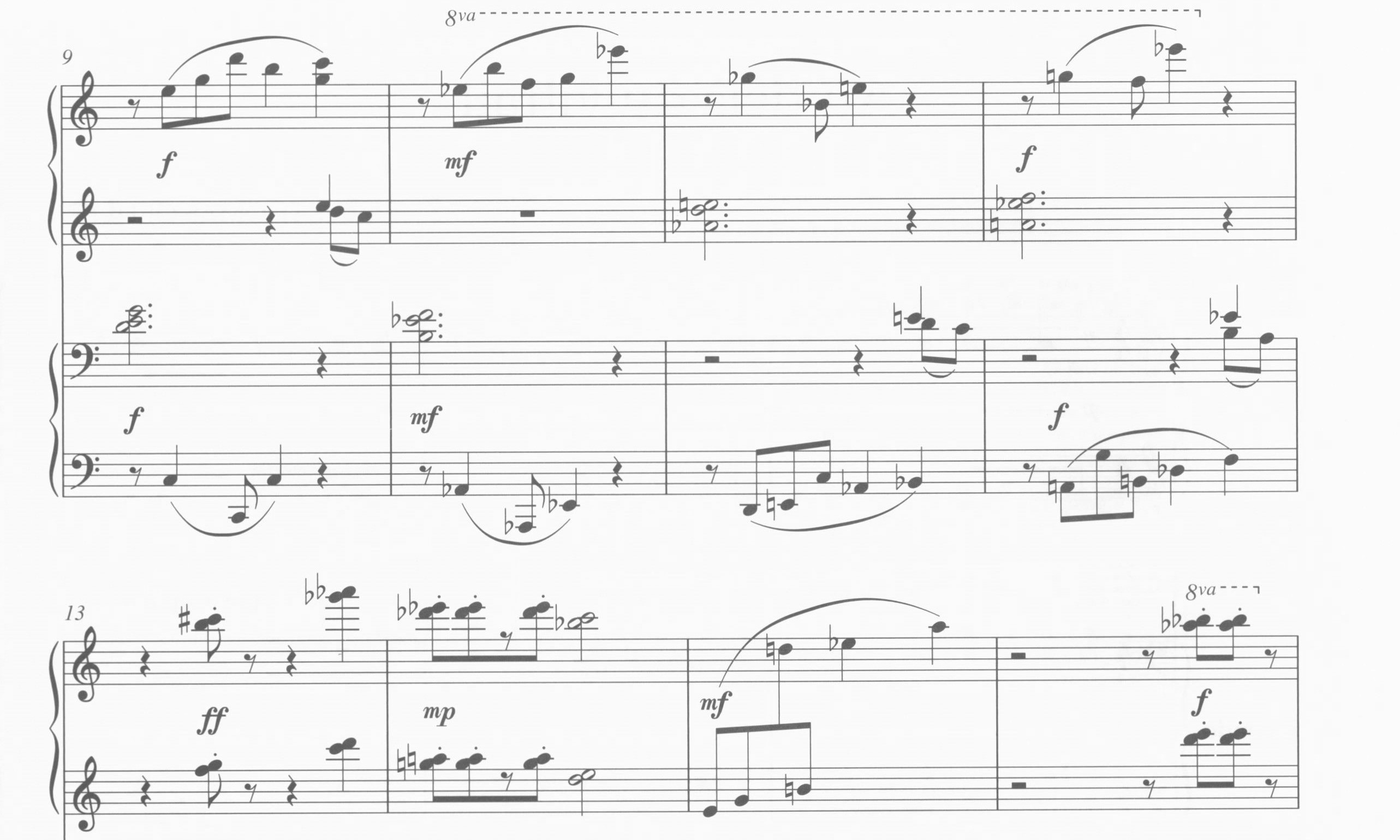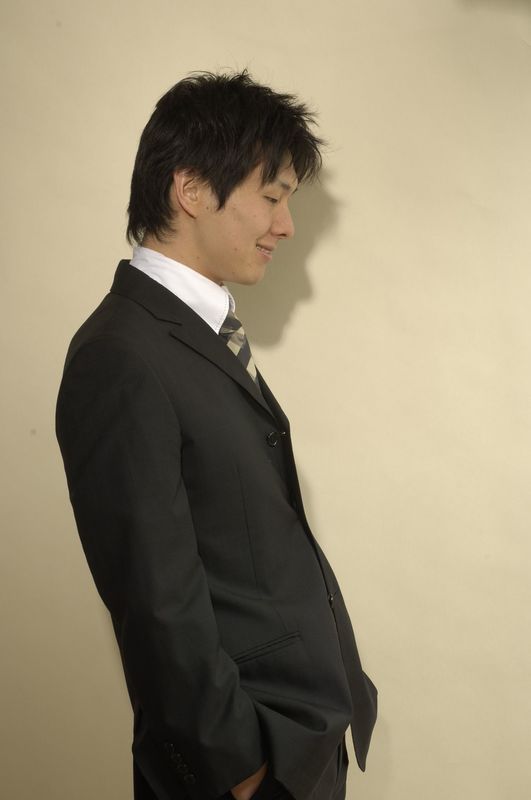Ryosuke Karaki
Item
-
Name
-
Ryosuke Karaki
-
Bio
-
Even as a student in London, Ryosuke’s works were performed at various venues around the UK – these included the Red Violin Festival in Cardiff (performed by Alina Ibragimova and Cerys Ann Jones, coached by Professor Madeleine Mitchell), the Clore studio at Royal Opera House, the National Portrait Gallery, and the National Gallery in which all the works performed were his own compositions.
His variation on Howard Skempton’s piece for piano four hands “Primary Colours“ has been published by ABRSM.
His solo piano piece, “What I Saw in the Water…” has been performed by Professor Nigel Clayton and Kathron Sturrock in various UK venues and in Australia and Indonesia. Later on, this piece was made into a set of three pieces for piano solo under the name of VISION(S).
Ryosuke has a particular passion for theatre music, especially ballet and opera, and in 2008 won a commission to compose for the Royal Ballet Draft Works at the Royal Opera House, a piece which he also conducted himself.
After graduating from the RCM in 2009, his music was played in a concert that was part of JAPAN-UK 150 events held by the Japanese Embassy in the UK. In 2010, he was commissioned by Kathron Sturrock, Artistic Director of the Fibonacci Sequence (a chamber ensemble), and gave the world premiere in Cumbria (UK) as part of the Fibonacci Festival.
In August 2010 he won the second prize in International Composing Competition “2 Agosto” with his piece for piano and orchestra “The Bird that Aspires to the Moon” and it was performed by the orchestra di Teatro Comunale di Bologna in Italy, and broadcast on Rai Radio.
His Japanese art songs are highly regarded by many including a well-known Japanese soprano Mieko Sato and some of them have been sung by her repeatedly.
Ryosuke became interested in weaving Japanese musical culture into his compositions, leading him to complete his first chamber opera in Japanese entitled Higekirimaru/髭切丸 in 2016. In this opera, he uses not only male singers but also Satsuma-Biwa, four instruments from Noh Theatre, and a Noh actor. More importantly, he applied some aspects of an ancient Chinese philosophy called Yin Yang Five Element Theory in this composition. The number of performers, selections of instruments (both Western and Japanese), and the construction of the opera have been determined by this theory.
The following year, he gave a cocnert of his own (Japanese Art songs & piano pieces) in Bologna, Italy, and gave another concert in London in 2019 as part of events held by the Embassy of Japan in the UK called Japan-UK Season of Culture 2019-2020. In the summer of 2022, he gave his 4th concert of his own in Nara, Japan, where he introduced his Japanese Art songs and mono opera set to poems in the Kyoto dialect. In the concert, he also presented his arrangements for four hands from Tchaikovsky’s The Sleeping Beauty, followed by a similar concert in Kyoto.
 My Little Cat
My Little Cat

